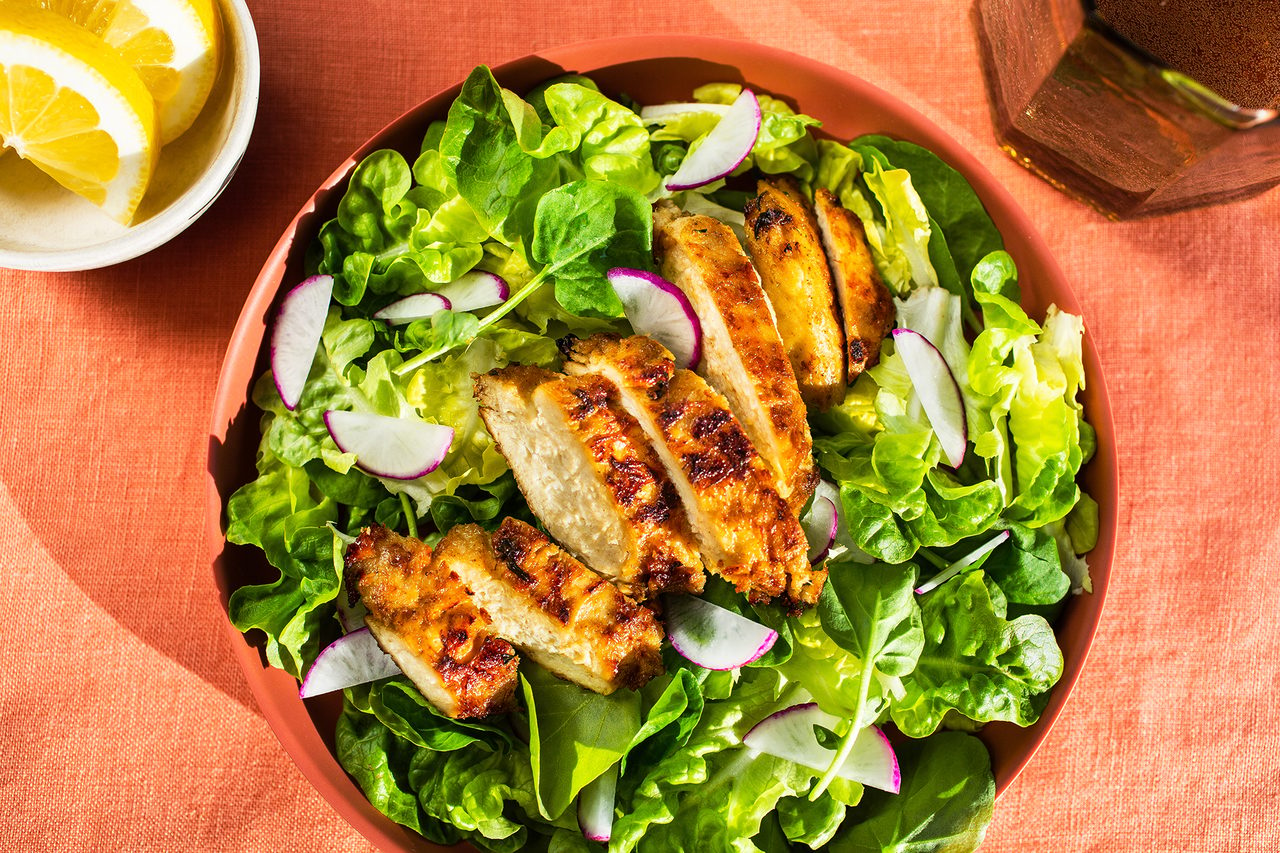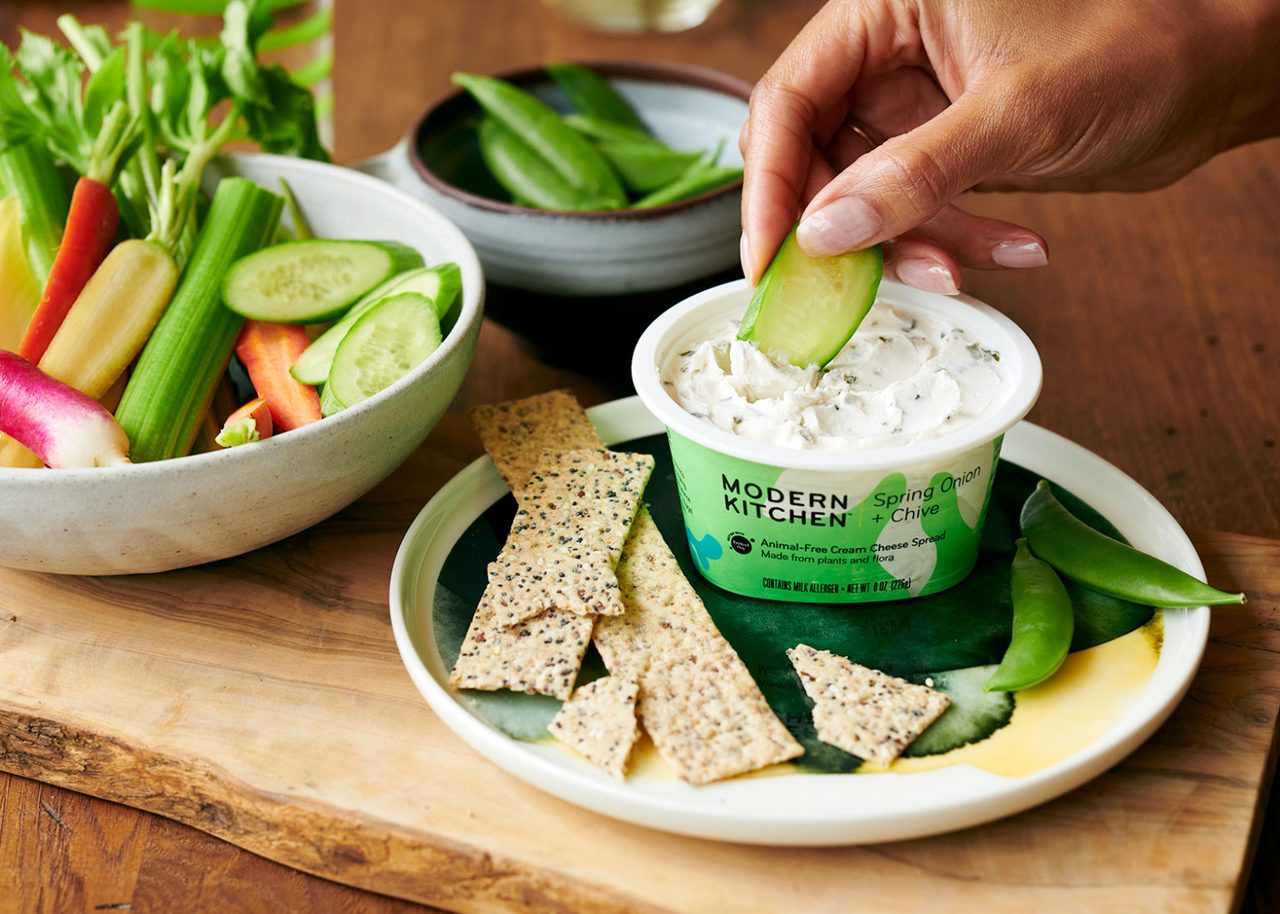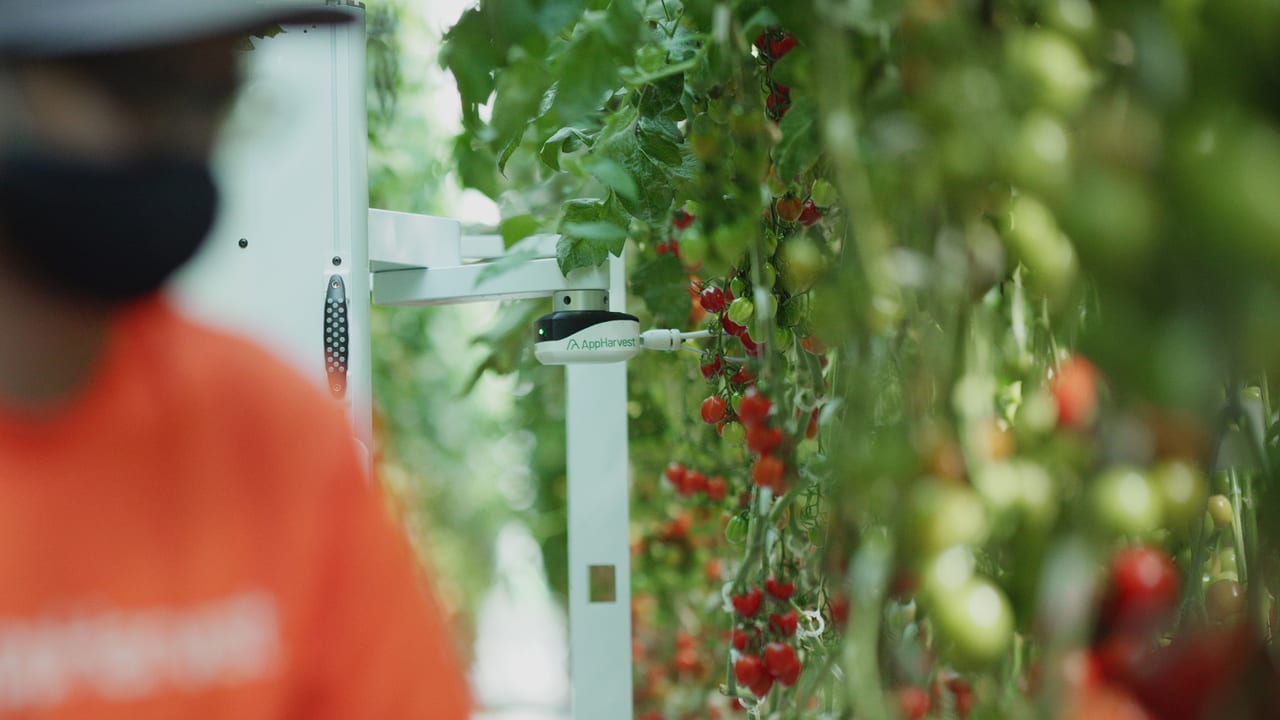2022
Predictions
SUPPLY CHAIN
Back in 2019, B.C. (before COVID), well-run restaurants rarely ran out of food. Lately, many successful upscale restaurants have removed menus from their website to avoid disappointing guests due to procurement issues.
Even national chains like Tropical Smoothie Café are using their websites to advise customers: “Due to national supply chain shortages, some of your favorite menu items may not be available or may be substituted with similar items.” It’s hard to sell smoothies when you can’t get them into consumers' mouths—literally—due to a shortage of cups and straws, as is the case.
Disruption is challenging. Yet there’s hope for a nimble, more sustainable, climate-friendly, and flexible food supply chain.
Envisioning the Future Food Supply Chain

Meat the Future: Upside Foods, Berkeley, Calif., is one of many new companies utilizing cell-based technologies for meat, poultry and seafood. These operations also reduce factory farming as well as land and water use. Photo courtesy of: Upside Foods Inc.
By BARB STUCKEY, Contributing Editor
In the B.C. good ol’ days at Mattson, we used to formulate with erythritol and we assumed we’d be able to procure it easily to produce products for launch. Not these days.
As a harbinger of the near-term future, The New York Times just created a Logistics Beat with a reporter dedicated to following how physical products get from here to there (or don’t, as the case may be). Experiencing the world’s worst supply chain crisis has us envisioning a future where more goods are produced in more places through more varied and geographically distributed systems.
We’re closely watching seafood and seaweed farming and aquaculture, along with local, sometimes vertical, crop-producing indoor farms. These systems don’t rely on geography or weather, so they can be strategically located anywhere, revitalizing struggling communities in the process, like what they’re doing at AppHarvest.

There will be a day in the future when many ingredients are produced by precision fermentation in facilities that don’t need to be located near agricultural inputs. Perfect Day, Berkeley, Calif., specializes in non-dairy protein produced by fermentation. The Urgent Company, a Perfect Day business, plans to introduce a new Modern Kitchen brand of household dairy staples starting with animal-free cream cheese. Photo courtesy of: Perfect Day Inc.
We see a future world where beef is manufactured in urban food deserts using cultivation, replacing factory farming, and reducing land and water use. One example involves Upside Foods, Berkeley, Calif., and what it’s doing in a new Bay Area production facility.
There will be a day in the future when many (if not most) ingredients are produced by precision fermentation in facilities that don’t need to be located near agricultural inputs. This limits the need for water and transportation and translates to a lower carbon foodprint. Perfect Day hopes to do at scale.

New vertical, indoor farms don’t rely on geography or weather and they can be strategically located anywhere. AppHarvest Inc., Lexington, Ky., is growing more than 700,000 tomato plants in a 2.8 million-sq.-ft. high-tech indoor farm in Morehead, Ky. Officials say the technology can grow fresh fruits and vegetables with up to 90% less water than open-field agriculture. Photo courtesy of: AppHarvest Inc.
The foodservice channel also is adapting. It has begun to leverage the new concept of shared “ghost” kitchens for local production of freshly-prepared food. This limits restaurants’ need to invest in and operate full-scale bricks-and-mortar restaurants. With a ghost kitchen in every community, as DJ Khaled plans to do in partnership with REEF, that also means that fresh food can be made and delivered fresher, faster, and with less carbon foodprint. Everytable is another fresh food concept that’s doing something similar.
This nimble, more sustainable, climate-friendly, and flexible food supply chain will ultimately protect us from the next global pandemic when borders will close again. In the meantime, our clients are calling us to reformulate their products to eliminate ingredients in short supply, and we’re having to conceptualize new opportunities around ingredient availability. All the while, waiting for the damn erythritol supply to return. PF
Barb Stuckey is chief innovation and marketing officer at Mattson, Foster City, Calif. Mattson is the nation’s most experienced, independent developer of new food and beverage products for the retail foods industry, as well as foodservice and restaurant chains. Visit www.mattsonco.com for details.
December 2021
